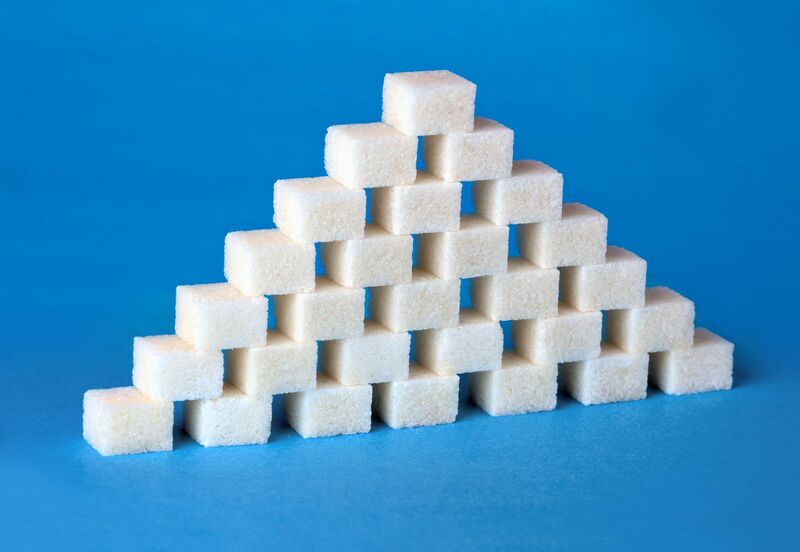|
Futures & Options Brokerage |
|
Futures & Options Brokerage |
|
Black Oak
Contact Info
Markets
Calendar
Weather
News
|
Will World Sugar Futures Find a Bottom?
My April 12 Barchart recap on the soft commodities highlighted the new record highs in cocoa futures and the sector’s overall bullish price action. I concluded:
Nearby ICE sugar futures were trading at the 20.87 cents per pound level on April 12, after closing Q2 higher at 22.52 cents. Over the past weeks, sugar futures continued to decline, breaking under the 20 cents technical support level. Sugar sours as the price drops in early Q2 After a nearly ten percent gain in Q1, sugar futures have declined from the 22.52 cents per pound closing price at the end of March on the May futures contract. 
The chart shows the now active July world sugar #11 futures contract settled at 22.15 on the final day of Q1 2024. At the 19.60 cents level, world sugar for July delivery was 11.5% lower in early May. The decline threatens the long-term bullish trend since the 2020 low From a long-term perspective, the decline has yet to threaten the bullish trend, but the price is approaching a critical support level. 
The ten-year chart illustrates that sugar futures are approaching technical support at the August 2022 17.20 cents low. Below there, support levels are at 14.67 cents, the May 2021 bottom, and 9.05 cents, the April 2020 pandemic-inspired low. Technical levels to watch in the world sugar futures market While technical support levels for sugar futures are at 14.67, 17.20, and 9.05 cents per pound, the market has made lower highs and lower lows since the November 2023 28.14 cents high. Therefore, technical resistance levels have declined. 
The six-month chart highlights technical resistance on the July contract at the early April 22.49 cents high, the February 9, 2024, 23.20 peak, the November 7, 2023, 25.54 high, and the November 2023 28.14 cents high, the highest price since October 2011. Open interest, the total number of open long and short positions in the sugar futures market, has declined from over one-million contracts in September 2023 to just over the 825,000 contract level on May 7. Declining open interest when the price falls does not confirm the current bearish technical trend, as it likely reflects long liquidation. The bullish and bearish cases for sugar The bullish case for sugar futures includes:
The bearish case for sugar is:
Weather conditions in critical growing areas are crucial factors for agricultural commodity supplies, and sugar is no exception. CANE is a sugar ETF product The most direct route for a risk position in sugar is the world sugar futures and futures options market on the Intercontinental Exchange. The Teucrium Sugar ETF product (CANE) provides an alternative for market participants seeking sugar exposure without venturing into the futures arena. At $12.04 per share, CANE had over $13.07 million in assets under management. CANE trades an average of nearly 26,000 shares daily and charges a 0.22% management fee. The most recent rally in July ICE sugar futures took the price 17.9% higher from 19.68 on December 21, 2023, to 23.20 cents on February 9. The contract fell 18.2% to an 18.97 cents per pound low on April 25, 2024. 
The chart shows that the CANE ETF rose 18% over the same period from $12.01 to $14.17 per share and corrected 17.4% to $11.70 per share. CANE kept pace with the July contract on the upside and slightly outperformed on the downside. Since sugar trades around the clock and CANE trades during U.S. stock market hours, the ETF can miss highs or lows when the stock market is not operating. Even the most aggressive bull markets rarely move in straight lines, suffering periodic corrections. Sugar’s long-term trend remains high. If the sweet commodity can hold above technical support levels, the recent bearish price action could be a sweet opportunity to load up on the soft commodity that is a food and an energy ingredient. On the date of publication, Andrew Hecht did not have (either directly or indirectly) positions in any of the securities mentioned in this article. All information and data in this article is solely for informational purposes. For more information please view the Barchart Disclosure Policy here. |
|
|